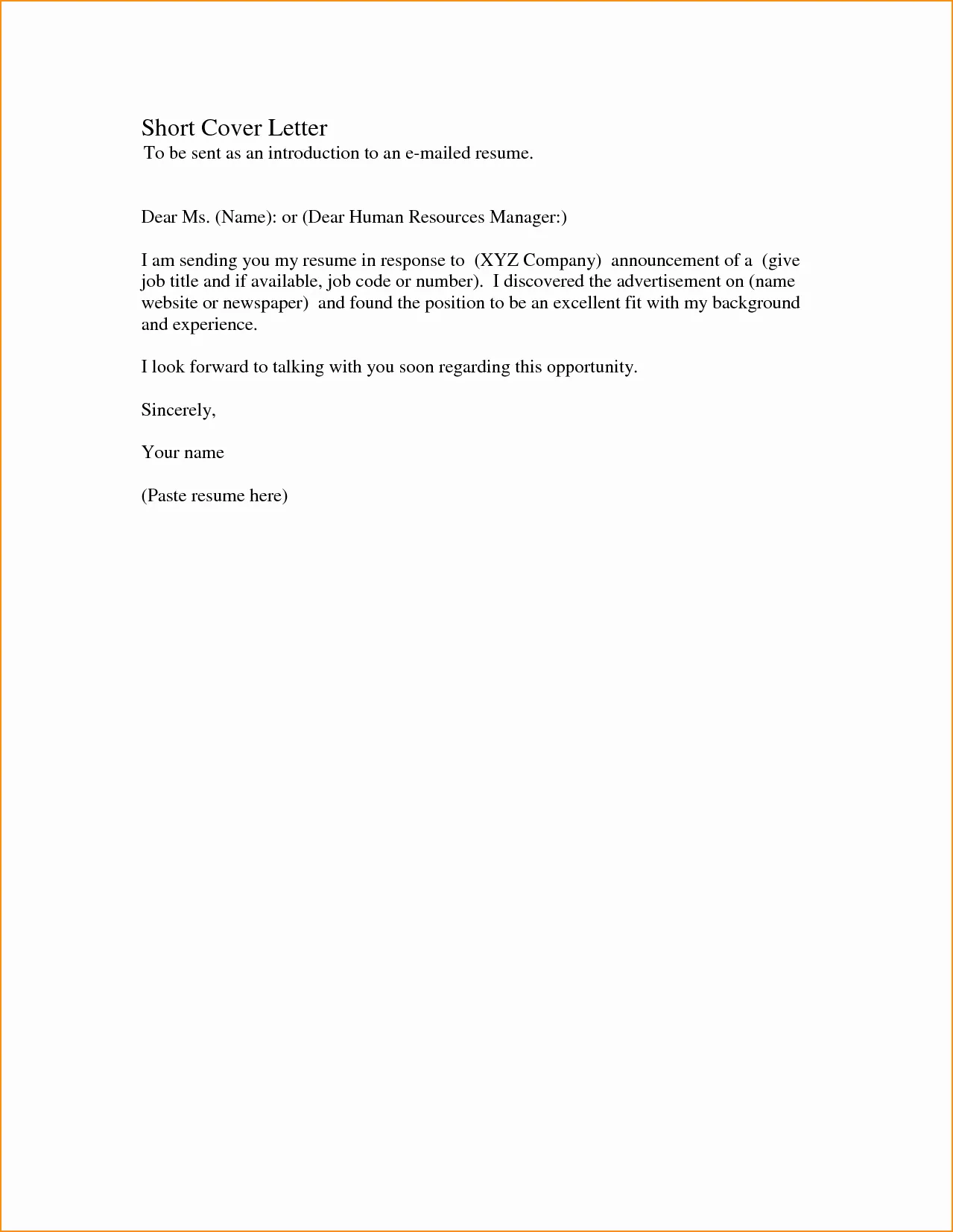What is a Resume Cover Letter
A resume cover letter is a one-page document that you submit along with your resume when applying for a job. Its primary purpose is to introduce you to the hiring manager, highlight your key skills and experiences, and express your interest in the position. Unlike a resume, which provides a factual summary of your qualifications, a cover letter allows you to showcase your personality, writing skills, and how your specific experiences align with the job requirements. It’s a critical tool for making a positive first impression and demonstrating why you are the ideal candidate for the role. A well-crafted cover letter can significantly increase your chances of getting an interview. Moreover, a cover letter provides an opportunity to address any potential gaps in your resume or explain career transitions, further enhancing your application.
Why Do You Need a Cover Letter
While a resume provides a snapshot of your qualifications, a cover letter offers a platform to elaborate on your skills, experiences, and motivations. It allows you to tell a story, connecting your past experiences with the requirements of the job you’re applying for. It helps you differentiate yourself from other candidates, providing a glimpse into your personality and communication style. Many employers see a cover letter as an essential part of the application process, using it to assess your writing abilities, attention to detail, and understanding of the role and company. It’s also an opportunity to demonstrate your enthusiasm for the position and explain why you’re a perfect fit. Even if a job posting doesn’t explicitly request a cover letter, submitting one is often a good idea, as it shows initiative and a genuine interest in the opportunity.
Key Components of a Simple Resume Cover Letter
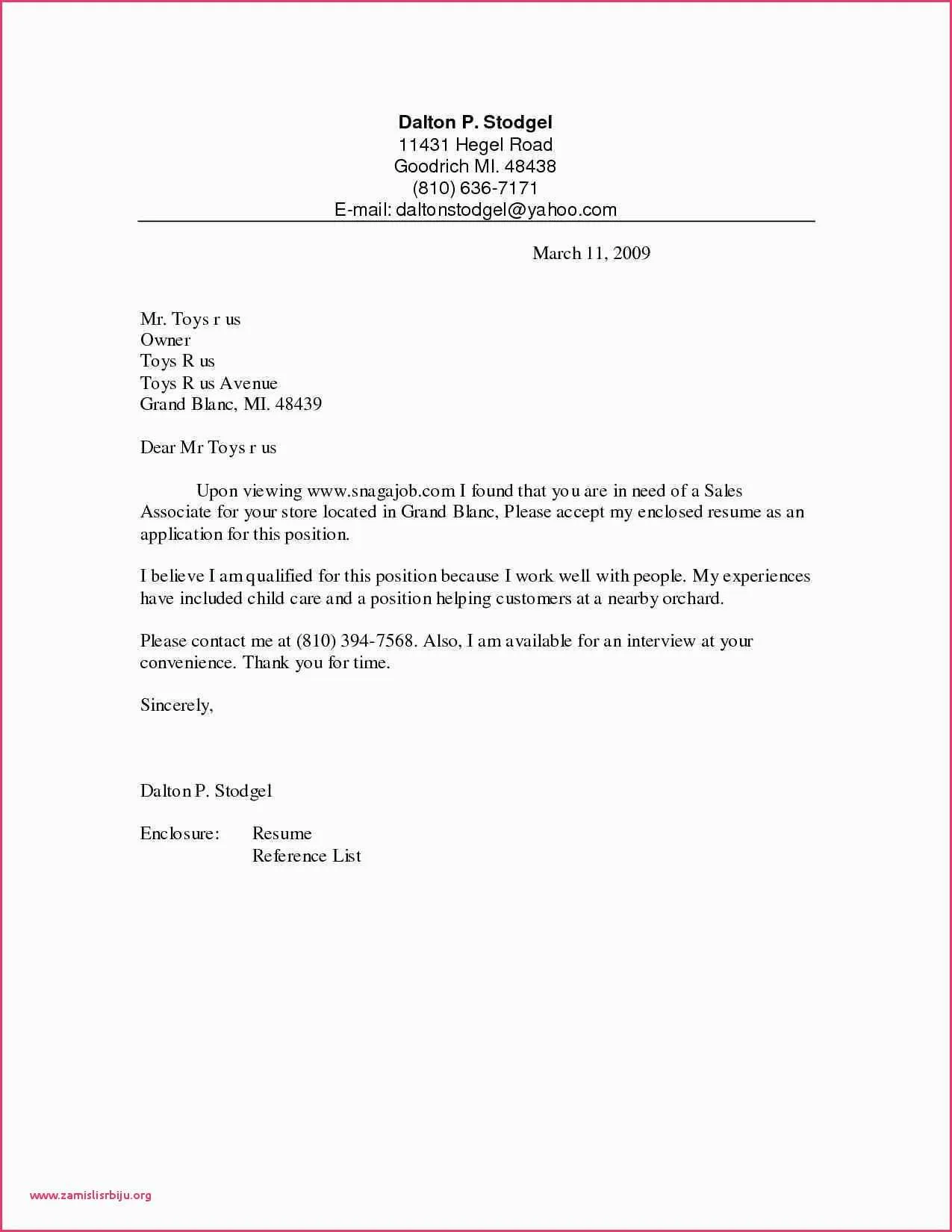
A simple yet effective cover letter includes several key components that work together to make a compelling case for your candidacy. These components help create a clear, concise, and impactful letter that captures the reader’s attention and encourages them to learn more about you. Understanding these elements is essential to writing a cover letter that effectively highlights your strengths and motivates the hiring manager to call you for an interview. It’s important to balance these elements to create a letter that feels natural and personal, reflecting both your professional skills and your unique personality. Sticking to these key components helps you stay organized and maintain a professional tone.
Your Contact Information
At the top of your cover letter, include your contact information. This typically consists of your full name, phone number, email address, and optionally, your LinkedIn profile URL. Ensure that your contact information is up-to-date and professional. It’s best practice to use a professional email address. This helps the hiring manager easily contact you if they are interested in your application. This section is critical for the employer to reach you and begin the interview process. Avoid using casual or unprofessional email addresses.
The Hiring Manager’s Information
Address the cover letter to the hiring manager or the specific person mentioned in the job posting. If a name isn’t provided, research the company or use a general title like ‘Hiring Manager’ or ‘Recruiting Team’. This personalization demonstrates your interest and attention to detail. Whenever possible, it is best to find the name of the person hiring, even if it takes extra research. Avoid generic salutations as they can make your letter feel impersonal and generic.
Greeting the Hiring Manager
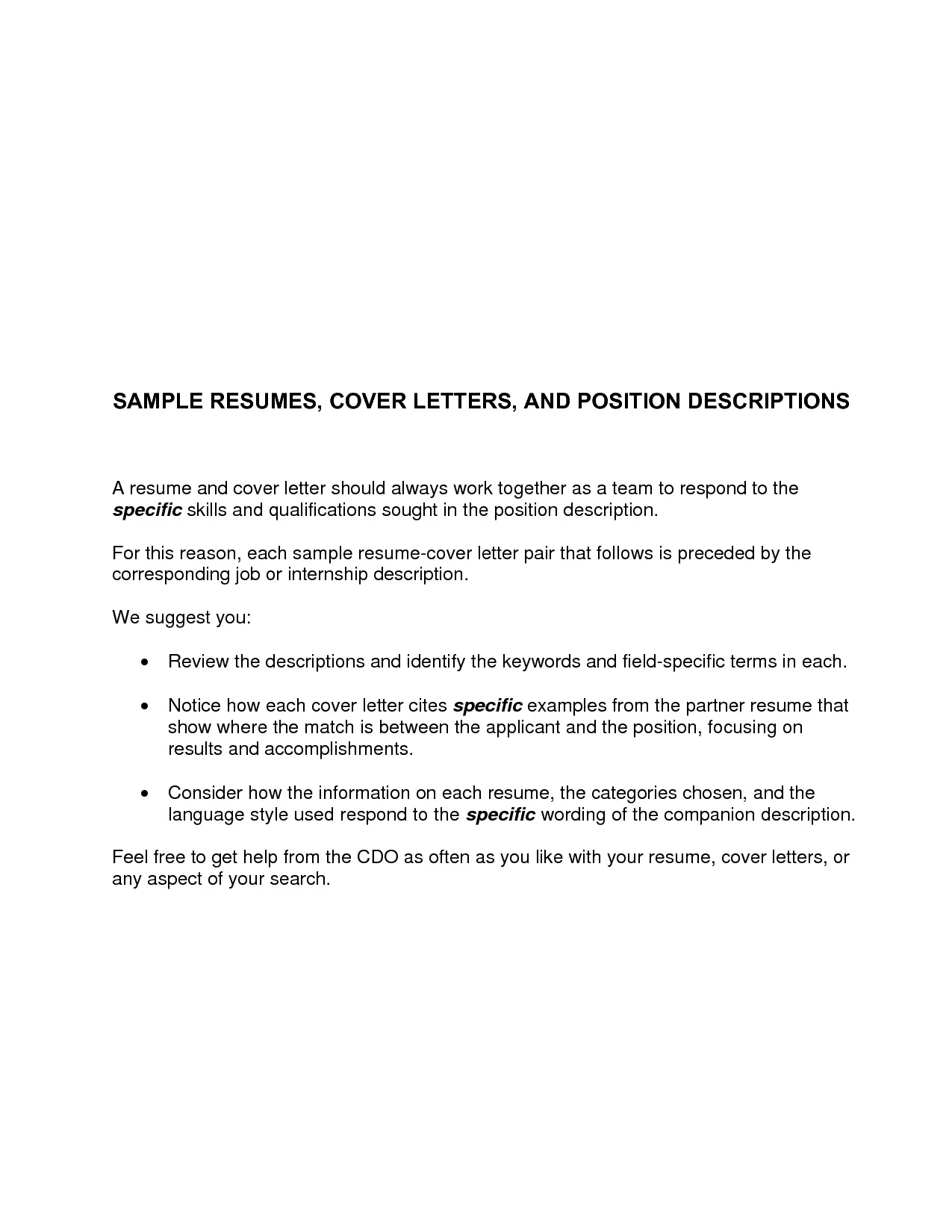
Start your cover letter with a professional greeting. A simple ‘Dear Mr./Ms./Mx. [Last Name]’ is appropriate if you know the hiring manager’s name. If you don’t know the name, consider using ‘Dear Hiring Manager’ or ‘Dear [Company Name] Recruiting Team’. Ensure your greeting matches the tone of the company culture. This greeting sets the tone for the rest of the letter and shows respect and professionalism. A well-crafted greeting will make a positive first impression.
Writing the Body of Your Cover Letter
The body of your cover letter is where you highlight your qualifications and demonstrate your suitability for the role. It should be concise, clear, and tailored to the specific job description. Focus on the skills, experiences, and achievements that align with the job requirements. Your letter should tell a compelling story that persuades the reader to learn more about you. This section is about showcasing what you bring to the table and why you’re the right person for the job.
First Paragraph Focus on the Job
In your first paragraph, state the position you’re applying for and how you found the job posting. Briefly mention why you’re interested in the role and the company. This shows your enthusiasm and demonstrates that you’ve taken the time to research the company and the position. Make it clear that you understand what the job is and why you’re interested in it. This establishes your interest from the start and helps the hiring manager understand your intentions.
Highlighting Your Skills and Experience
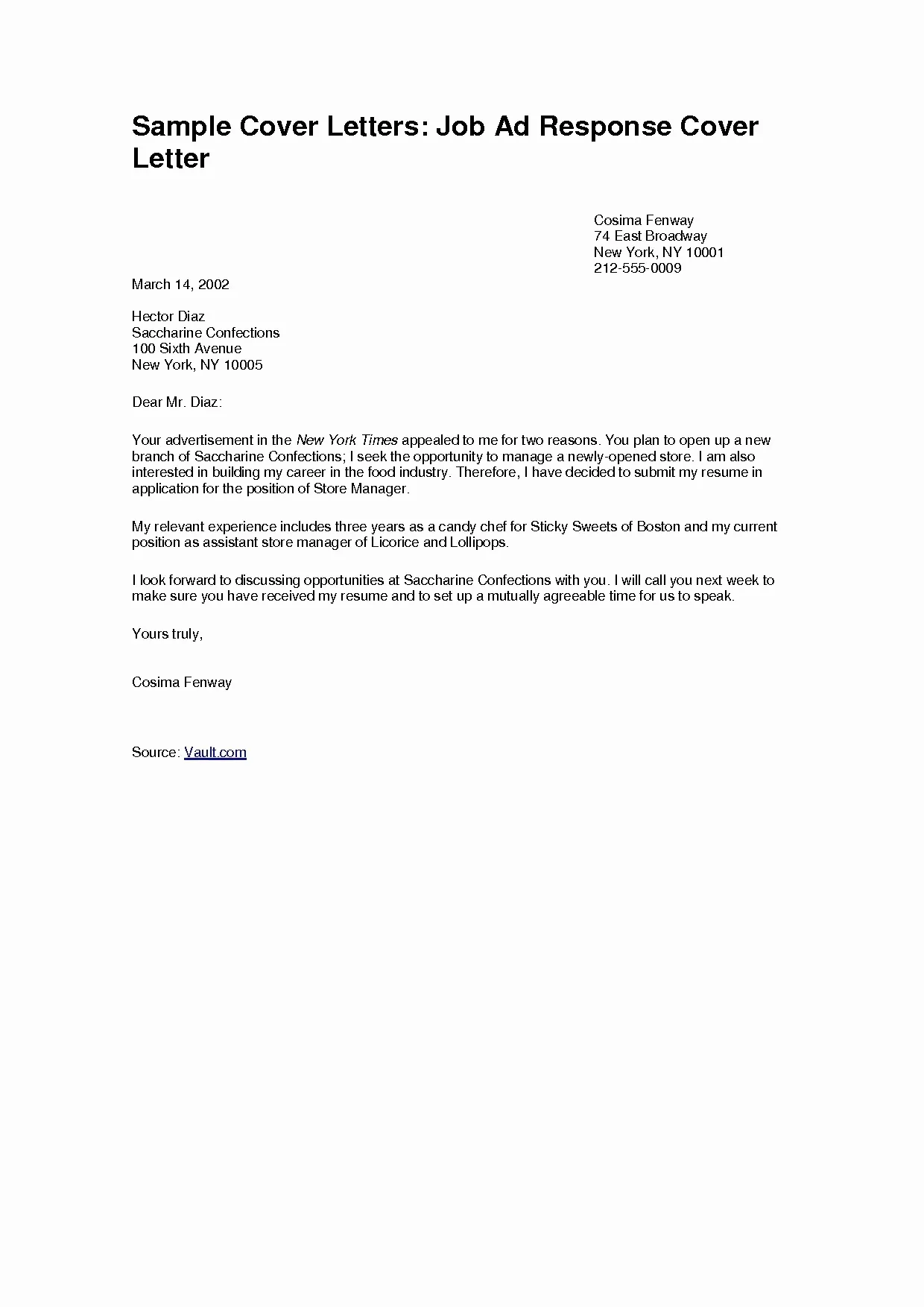
The body of your letter is where you highlight how your skills and experience align with the job requirements. Provide specific examples of your accomplishments and how they have benefited previous employers. Quantify your achievements whenever possible. Use action verbs to describe your responsibilities and achievements. Tailor this section to match the keywords and requirements mentioned in the job description. This section is crucial for demonstrating that you have what the employer is looking for. Focus on experiences and achievements that are most relevant to the job.
Showcasing Your Enthusiasm and Fit
Convey your enthusiasm for the position and the company. Explain why you are a good fit for their culture and values. Highlight what interests you about the role and how your skills can contribute to their success. Show that you’ve done your homework by referencing specific projects or initiatives of the company. This demonstrates your genuine interest in the company. It will make you seem more than just another applicant. Demonstrating enthusiasm is a key factor in making a positive impression.
Closing the Cover Letter
The closing of your cover letter should summarize your key qualifications and reiterate your interest in the position. It provides a professional finish, leaves a lasting impression and encourages the hiring manager to take the next step. The closing is a crucial part of your cover letter, making it clear that you want to move forward.
Expressing Gratitude and a Call to Action
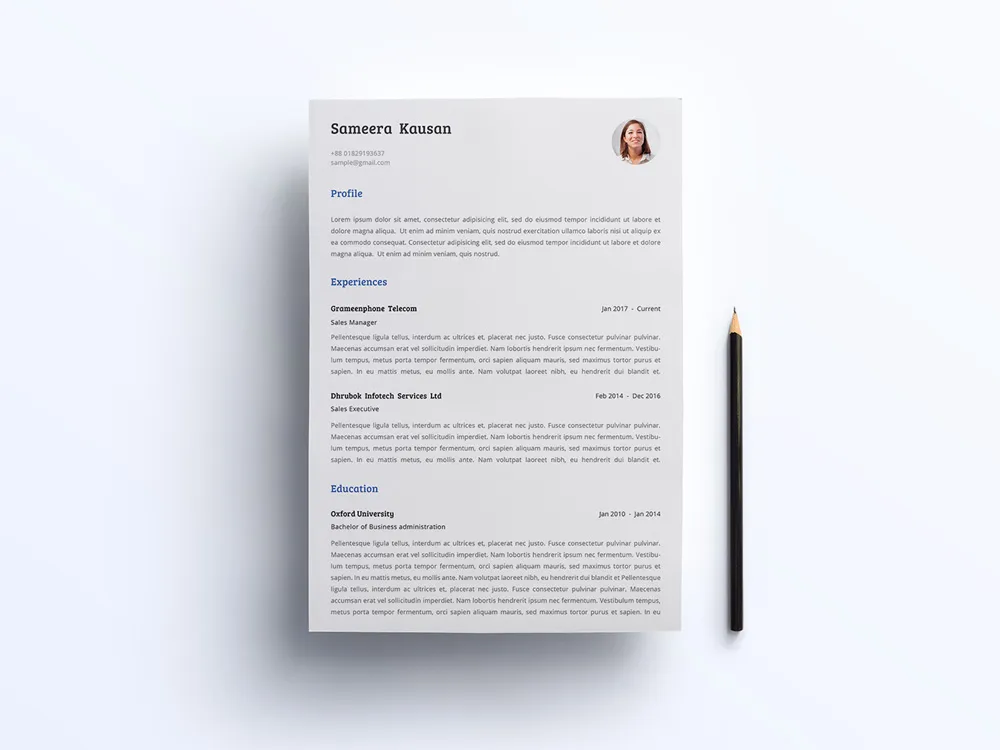
Express your gratitude for the hiring manager’s time and consideration. End with a clear call to action, such as stating that you look forward to hearing from them or are available for an interview. Include your contact information again, just in case the hiring manager wants to reach you quickly. This reinforces your interest and makes it easy for them to take the next step. Keep this brief, professional, and to the point.
Formatting Your Simple Resume Cover Letter
The formatting of your cover letter is just as important as its content. A well-formatted cover letter is easy to read and visually appealing. It demonstrates your professionalism and attention to detail. Proper formatting ensures that your cover letter is easy to read and gives a positive impression. The format should align with the overall branding of the resume. Correct formatting makes your letter more effective and easier to understand.
Choosing the Right Font and Font Size
Select a professional and readable font, such as Times New Roman, Arial, or Calibri. Maintain a font size between 10 and 12 points. Avoid overly stylized fonts that can be difficult to read. Ensure your font is consistent throughout the document and reflects a sense of professionalism. Good font choices contribute to the overall readability of your document. Selecting the right font is an essential part of creating an easy-to-read cover letter.
Margins and Spacing
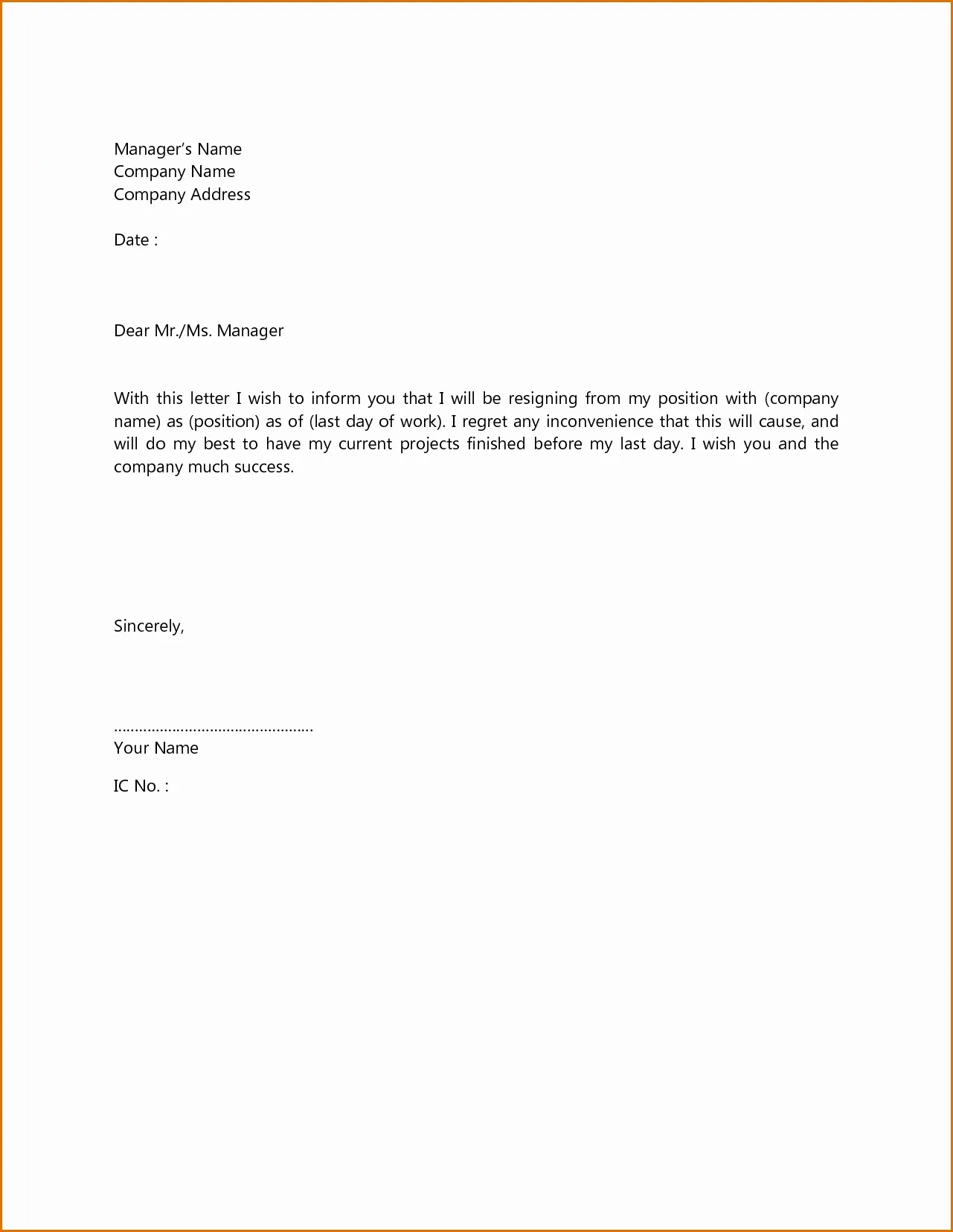
Use standard one-inch margins on all sides of the page. Double-space between paragraphs for readability. Use single spacing within paragraphs. Proper spacing and margins help to create a balanced and easy-to-read document. Well-formatted spacing contributes significantly to the overall presentation of your cover letter. This structure makes your letter visually appealing.
Proofreading and Editing Your Cover Letter
Proofreading is critical for ensuring your cover letter is error-free. Carefully check for any grammatical errors, typos, and inconsistencies in spelling and punctuation. It is recommended to proofread your cover letter multiple times. Read the letter aloud to catch any awkward phrasing or repetitive sentences. Consider having a friend or family member review your cover letter for a second opinion. Errors can negatively impact your chances of getting an interview. Proofreading demonstrates your attention to detail.
Tips for a Simple Resume Cover Letter
Keep your cover letter concise and focused. Aim for one page maximum. Tailor your cover letter to each job application. Use the job description as a guide. Highlight the skills and experiences that are most relevant to the position. Use keywords from the job posting to help your application get noticed. Use active voice and strong verbs to make your writing more compelling. Always submit your cover letter in a PDF format to preserve its formatting. A well-written cover letter can significantly improve your chances of getting noticed and securing an interview. Following these tips can help you create a professional and effective cover letter.
